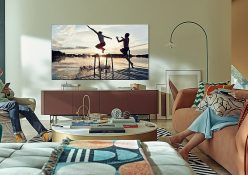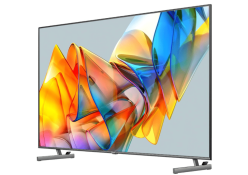MULTIMEDIA
Sony WF-0500
Sony’s WF-0500 buds take everything we love about their top-tier headphones and streamlines them down to a much more affordable price.
Weighing about 5.4 g each, we found them super comfortable, more so than most other wireless earbuds, and they stayed in our ears even through a solid gym workout.
But the reason they’re our buds of choice is that they’re balanced with a wide soundstage, tons of detail and plenty of energy. While the low end isn’t that assertive, it’s still rich enough to cut through, while the treble sounds clear and crisp so you won’t lose out there. In all of that, the mids don’t get lost at all. Some compromises have to be made of course, so there’s no noise cancelling here, but the sound isolation provided by the secure fit is actually quite good.
A single charge gets you 10 straight hours, and the charging case will then provide an extra 10. These show all the hallmarks of Sony’s much more expensive industry-leading earbuds. Up against other similarly priced headphones, these stand out as some of the best, if not the best.
BT 5.0, 10 hours play time, IPX4, R1000
Whiz Vibe Pure ANC Wireless
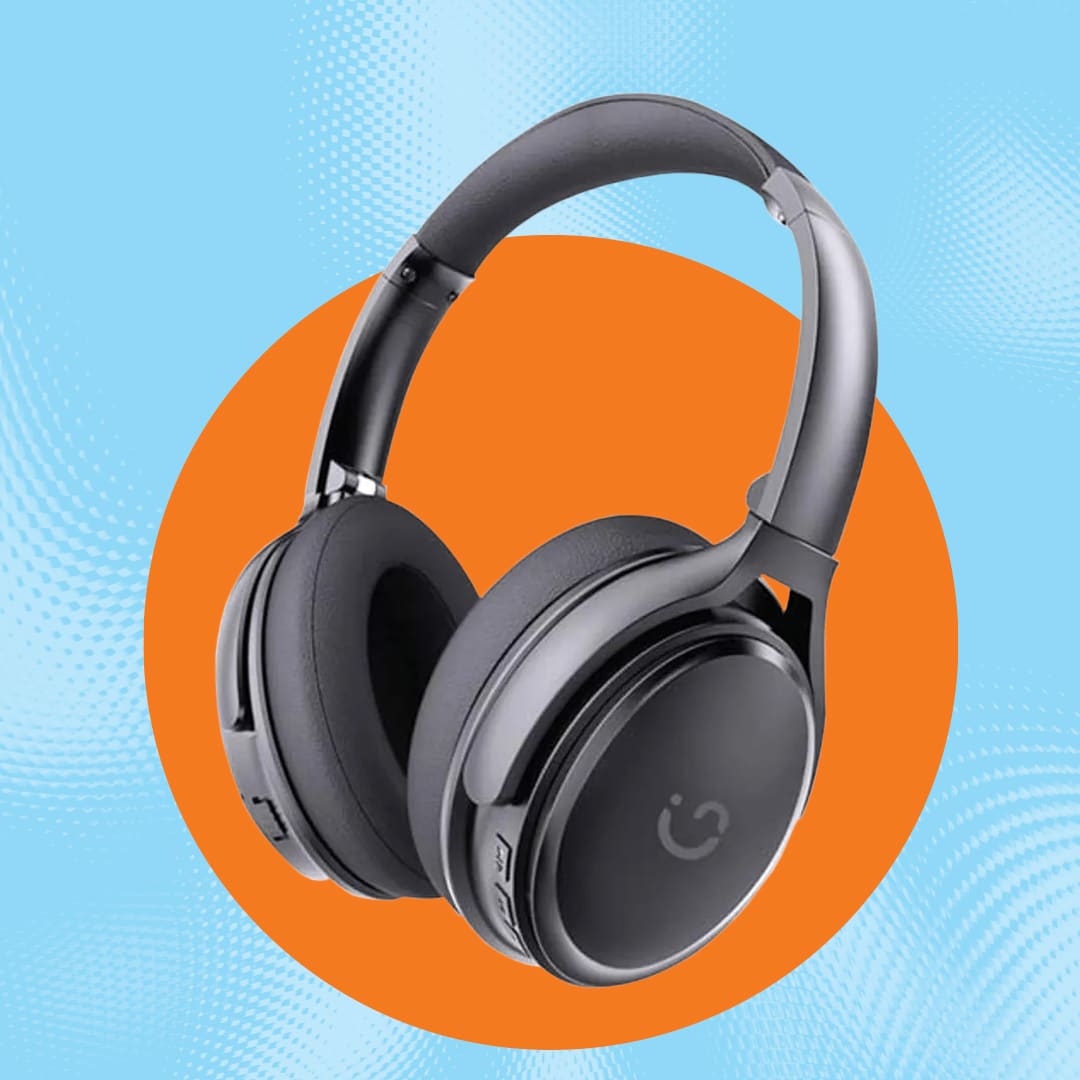
These may be our favourite headphones of the year. With surprisingly good acoustic range and highly effective, no-fuss noise cancelling, these well-priced headphones have become our new everyday audio wear. They sound great, of course, but, even more importantly, they’re light and comfortable for all-day use at the office with a battery that just refuses to give up. We like that they can be folded up small and placed in their protective carry bag for travelling in our backpack.
BT 5.0, 20 hours play time, R1200
Winz Do Ergo
The all-aluminium design hinges open into a sturdy base with non-slip feet, and a cradle that raises the laptop screen to the level of your eyes. Add in a full-sized keyboard and mouse and you’ve added hours of pain-free productivity to your work life.
R550
Astrum 8-in-1 Docking Station
Working from home quickly exposed some laptop limitations that might not have been a problem before. Perhaps you needed to plug in a full-size monitor, or web cams, printers and hard drives, but your modern laptop only offered USB-C. This dock is clad in tough aluminium and offers no less than eight port options, including high-speed traditional USB, VGA for very old monitors and HDMI 2.0 for very new ones, and even a LAN and a headphone port for those tiny minimalist laptops.
260 x 60 x 16 mm, 100 g, R1 100
Samsung T7 Shield
One of our favourite products of the year is this superfast and super tough portable drive. It’s part of a new trend to package entire SDD drives, like those found in laptops, as high-capacity flash drives. This one is about the size of half a smartphone, including the tough rubber housing, which makes it waterproof to IP65 and drop-proof from 3 m on to hard surfaces. It moves data on and off the drive at close to 1 GB per second, so very fast indeed, using USB-C.
59 x 88 x 13 mm, 98 g, R2 500 (1 TB)
Logitech Signature M650
There’s a lot of good surprises packed into this mouse. Its Signature branding means you can get the model that is best suited for you: the regular size, or the larger size for bigger man hands, or the left-handed version with button on the opposite side. The smart scroll wheel is notched to advance your reading line by line, but spin it and it freewheels through half a dozen pages at a time. All versions come with Bluetooth for laptops and a wireless USB dongle for desktop Pcs, and the software lets you customise the button functions.
R580
COMPUTING
Dell XPS 13 Plus (9320)
The power button is also a fingerprint sensor for easy one-touch logins.
The traditional XPS 13, which has long been the choice of high productivity mobile workers, and rated for its reliability and svelte A4 page-sized form factor, looks barely indistinguishable from other leading thin-and-light laptops. But, while the all-aluminium body of the new XPS 13 Plus looks beautifully contoured, and feels fantastic and well balanced in hand, it is what is inside that really caught our eye.
Specifically, the keyboard that stretches the maximum width of the deck, running edge to edge, and displaying full-sized keys. Not only are the keys themselves full-sized and well-spaced for comfort, the key travel and tactile feedback proved second to none — just fantastic to use (and we’re very particular about laptop keyboards).
There’s no trackpad. Well, not visible anyway. Instead, the deck is a continuous panel of hardened Gorilla Glass with the middle section acting as a trackpad with sensors beneath the glass.
Below the skin it’s top tech throughout, as you would expect, from the very latest i7 processor (specially power boosted), 16 GB of RAM, Iris Xe graphics and a pristine screen with no surrounding bezel to speak of. It conforms to the stringent Intel EVO specification, which carefully balances power with battery life so you can expect up to 13 hours of normal use. There’s just two USB-C ports and no headphone jack, but there are adapters for this in the box.
The sculpted keycaps are set flush with the surface of the deck and so, together with the invisible trackpad, the whole effect is very pleasing and a little futuristic. It’s a strong buy for the fashion-forward mobile professional.
13.4″ display, i7 (12th gen) CPU, 16 GB RAM, 1 TB SSD storage, 2x USB-C, 15 x 295 x 199 mm, 1.23 kg, R35 000
Honor X8
Even as we unboxed it, we knew we were going to love the X8. At just 177 g, its one of the lightest phones we’ve ever used and delightfully thin and well balanced. It all adds up to a wonderful tactile experience in hand; physically the X8 is just a delight to use.
But that wouldn’t mean much if it didn’t have performance to match. This price band is highly competitive, and it comes across as a very middle-of-the-road performer. It has an adequate Qualcomm 680 processor backed up by the decent Adreno 620 graphics chip, so it’s good for all the smartphone basics and most kinds of games. The large 6.7-inch screen has high 90 Hz refresh for smoother scrolling, and images are sharp and colours vibrant.
Unfortunately, there’s no 5G, which is unusual even at this budget price. And the cameras felt slightly below average, with some excellent photos mixed with some washed-out pictures.
These limitations take nothing away from the fantastic day-to-day experience of using a thin, light and sturdy handset that’s easy to handle, with a quality screen and ample processing power. We especially enjoyed the shimmering rainbow colours from the frosted back cover, too.
6.7″ display @90 Hz, 6 GB RAM, 16 MP front/64 MP + 5 MP wide + 2 MP macro + 2 MP depth cameras, 128 GB storage, 177 g, R5 000
WINX GO Fast 20 000 mAh Power Bank
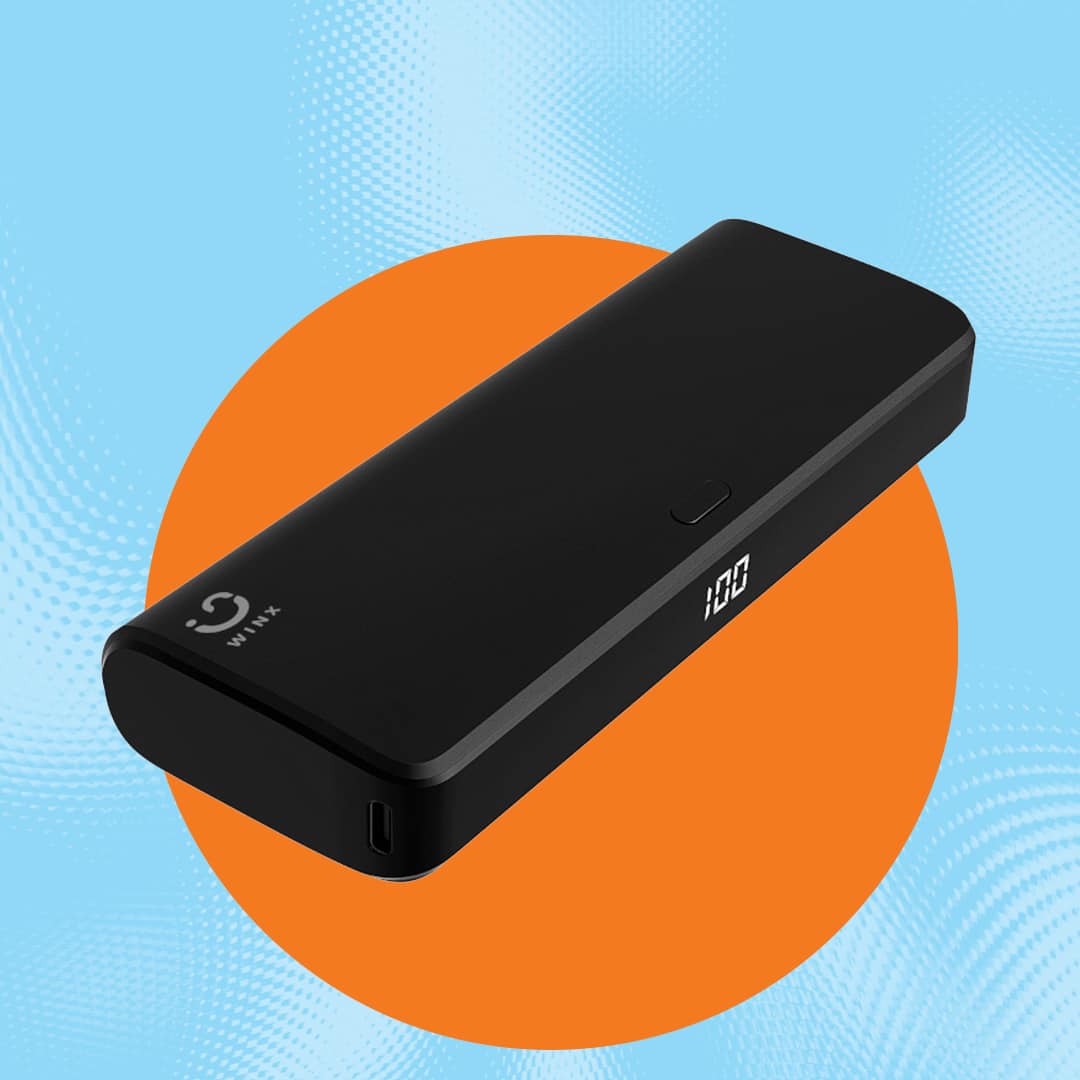
This beefy powerbank has enough juice to recharge most phones three times over and, with its 15 watt/3A output, it will do it a good bit faster than most wall plug chargers. You can even charge two devices at the same time, and you can use a regular USB or USB-C out to charge. At 350 g, it’s not the lightest, but the soft-touch rubberised finish makes it much easier to handle. The neat LED display shows your remaining charge capacity.
20 000 mAh, 152 x 58 x 25 mm, R600
MOBILE
Xiaomi 12
There’s a 67 W fast charger in the box, and wireless charging is also boosted to 50 W.
It would be easy to dismiss the latest Xiaomi flagship off as just another high-priced phone. Like the Samsung or Apple equivalent there is a more highly specced Pro version above it, and a less powerful version below it, but we think this model is the unsung hero of this series.
It has a superb 6.3-inch AMOLED screen that is one of the first screens ever to display 12-bit colour which, together with HDR10+ and Dolby Vision, makes movies and games explode with colour. The display has a variable refresh rate, so at 120 Hz, you’ll get buttery smooth scrolling but at the expense of some battery, or you can turn it down to a standard 60 Hz.
As you’d expect, it has a raft of top tech including the year’s fastest processor in the Snapdragon 8 Gen 1 and an excellent triple camera set-up boasting top low-light and night-time photographic features. The front of the phone is premium Invictus glass while the back is tough Gorilla Glass 5, and the frame is aluminium. One or two corners have been cut here though: There is no waterproofing and no optical zoom, both of which are considered standard on phones in this price band.
So much for the tech spec, but what ended up mattering more to us had nothing to do with the speeds and feeds of the Xiaomi. It’s a couple of crucial millimetres shorter and narrower than other flagship phones, but that makes it a great deal easier to use in one hand, and it’s far easier to slide into pockets and bags. At 180 g, it’s one of the lightest full-featured phones we’ve tested, and that despite using premium materials like glass and metal, not plastic, for the bodywork.
In the end this is our top phone for gifting because it does everything you expect of a top-tier device, but chooses to not play the speeds and feeds game. It doesn’t try to do too much but instead puts some thought into the practical and tactile experience of the user. Turns out that matters to a lot more users than horsepower and features.
6.3″ AMOLED 12-bit display @120 Hz, 8 GB RAM, 32 MP front/50 MP + 13 MP wide + 5 MP macro cameras, 256 GB storage, 153 x 70 x 8 mm, 180 g, R18 000
GAMING
Nintendo Switch OLED
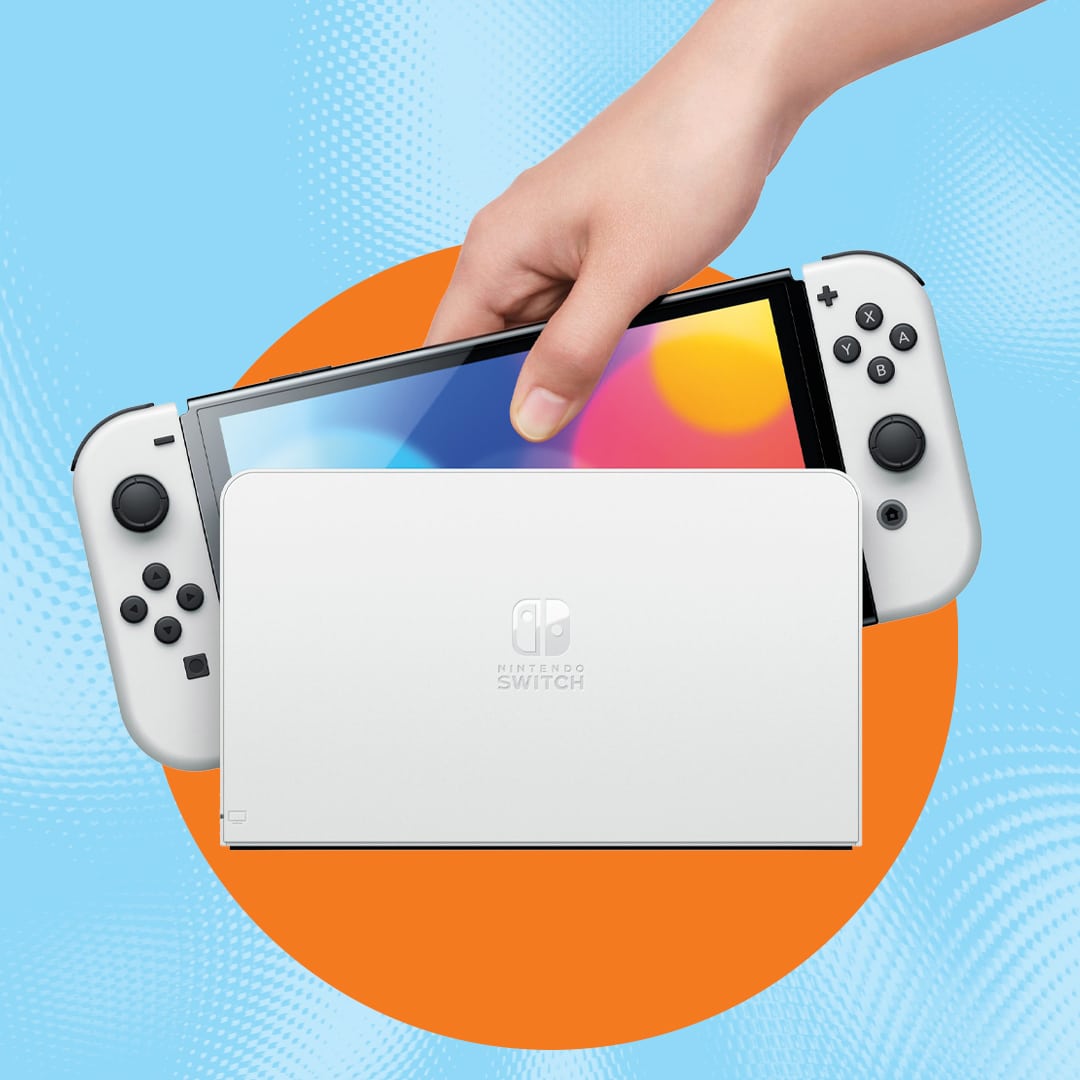
The Switch was a marvel; the Switch OLED is entirely more marvellous. Nintendo’s revised model is an upgrade that acknowledges and embraces the fact that the does-it-all Switch has attracted the same kind of broad audience that flocked to the Wii — and this time, Nintendo has everyone’s back, hard-core, or not.
The 7-inch OLED screen is a joy to behold, bigger and (naturally) brighter than before, and the battery is more than big enough to keep up with the increased demands of self-emissive pixels. The redesigned dock, now with an Ethernet port, gives serious garners the chance to compete online at full speed; the much-improved kickstand makes casual out-and-about gaming a far less tenuous experience. There’s more storage, stronger speakers, and even secretly upgraded joycons that do more to reduce the potential impact of controller drift.
The Switch OLED is an impeccable package, but it’s not just the console that wins here: it’s the games. In an era where other consoles seem to struggle to even get a AAA title to market, let alone manufacture enough hardware for folks to play them, the Switch OLED gets to lean on the finest range of first party games we’ve seen.
All that, and the Switch OLED has everything that made the Switch great in the first place: portability, dockability, flexibility. This is the best console Nintendo has ever made.
R8 500
Turtle Beach Recon 70 Xbox
These lightweight cans are styled, and specially tuned, to get the best out of your Xbox surround sound audio, but they’re extremely versatile and will deliver the goods on PC, mobile phone and even on PlayStation. The flip-up mic is a nice touch. The build quality is adequate — Turtle Beach don’t ship junk — but it’s an all-plastic affair and won’t outlast the premium materials found on more expensive headsets. These do shine brightest on Xbox, and they do support the spatial audio system found on Windows PCs, too.
R800
Logitech G Pro X Superlight Wireless
Ultralight gaming mouses are bang on-trend right now. Logitech started the trend and still leads the pack for build quality among these featherlight rodents and, at 63 g, the understated wireless G Pro X Superlight is the best of the bunch. To achieve this feat without compromising on durability and tactile feel, you’re forfeiting the RGB tiling, and you’re using the internal rechargeable battery, but that’s how the hard-core roll now.
25 600 dpi sensor, R2 500
HEALTH
Huawei Watch Fit
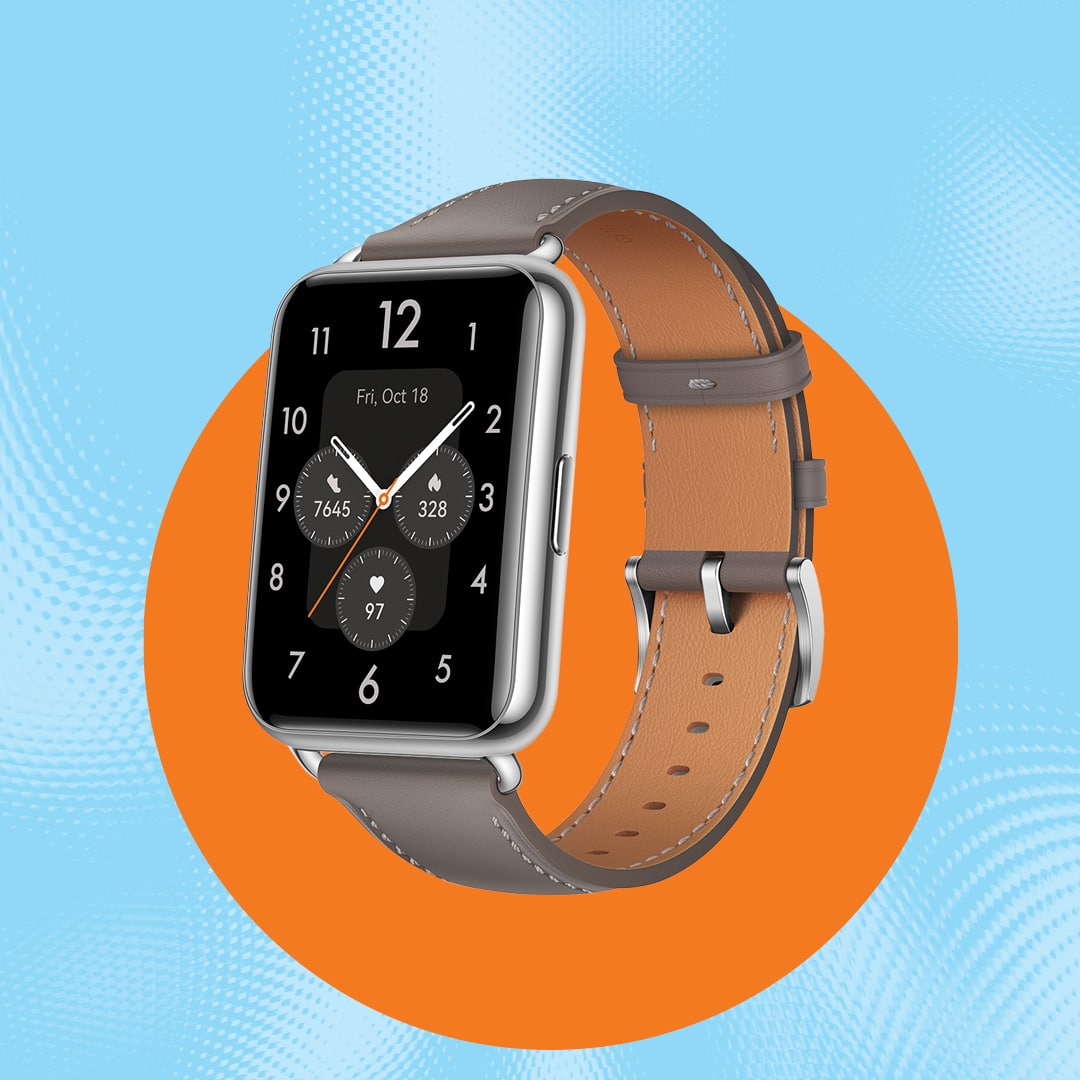
The Watch Fit 2 is one part fitness tracker, one part smartwatch and one part running watch. It’s more expensive than its predecessor, but it offers a lot more functionality and is feature-packed for what is technically classified as a tracker. It’s got a bigger display than most running watches and supports dozens of sports like a multisport watch.
The Huawei Watch Fit 2 auto recognises half a dozen workout types, and can track dozens more, anything from mountain hiking to martial arts and skateboarding, but the running mode is particularly full-featured, with loads of extra metrics and some coaching functions built in.
The Fit 2 now includes preset quick replies and also Bluetooth calling. Huawei’s TrueSeen 5.0 heart-rate sensor has improved dramatically over time and so has the built-in GPS. Aside from the usual step and sleep tracking, the Watch Fit can measure blood oxygen (Sp02), and also stress and respiration rate.
1.74″ colour screen, step/heart/sleep tracking, GPS, 50 m waterproof, Bluetooth music, 46 x 34 x 11 mm, 26 g, R3 300
Under Armour Iso-Chill Laser shirt and Flow Velociti Wind 2 shoes
UA is emerging as the most tech-forward of the activewear brands. Its latest innovation is a new technique for shaping the fine yarn fibres used to produce its Iso-Chill range of clothing. This flattened yarn more effectively distributes the heat from your body during workouts. It also adds titanium oxide to the fabric which, UA says, absorbs and disperses the sun’s UV rays.
R1200
The Flow Velociti Wind 2 combines the mid- and outer sole into one layer shaving roughly 70 g off the weight of the shoe. Despite this we found them to be more stable, and provide better impact protection, than any previous shoe we’d used for road and, surprisingly, for trail running too. And there’s a Bluetooth chip embedded in the sole, which reports details of your run to UA’s MapMyRun phone app.
R3 500
HOME
EcoFlow River Pro
This battery backup is the most complete solution we have found to defeat loadshedding, and we’ve tried a few. For one thing, it’s properly adapted for inserting South African three-prong wall plugs straight in without adapters. For another, it has a whopping nine different power outputs including AC and DC, USB fast charging, USB-C at 100 W and a ‘cigarette lighter’ 12 V socket for your car accessories.
Its whopping 720 Wh battery will power your fridge, TV, PCs and WiFi routers right through a heavy bout of loadshedding, but you can also add on a second battery unit to double your uptime. The River Pro outputs a total of 600 W but the proprietary X-Boost tech allows you to use unusually high wattage appliances like power tools and vacuum cleaners (but only for short periods), and the X-Stream tech recharges the whole package directly from a wall plug in well under 2 hours (or a while longer if you’re using solar).
Campers and adventurers rejoice, this is also a simple solution for powering camping gear, lights and laptops, and for charging cameras, drones and phones. There’s even a powerful light built in, which can also double as a flashing safety beacon.
720 Wh li-ion battery, 4x USB ports, 2x AC ports, lx 12V car charge port, adapter cables, R14 000 + 160 W solar panel, R7 000 (optional) + extra 720 Wh battery, R8 300 (optional)
How much battery power do you need?
Divide the watt hours [Wh] of your battery by the wattage of your appliance to see how many hours it will run. For example, if your battery is 500 Wh and your PC draws 100 W, then you can power it for 5 hours. As a rough guide, light bulbs draw maximum 10 W each, fridges draw 150 W, TVs draw 110 W and laptops draw 50 W, but devices that generate heat [kettles, toasters] or have moving parts (microwaves, blenders] use a lot more power, usually well over 1 000 W. The River Pro delivers 600 W, but can briefly step up to 1 800 W using its X-Boost tech.
Skyworth SUD9300F 50″
Like most Android devices you can issue basic voice instructions to control the TV and search for content, but this is currently still just a novelty feature, and not as useful as it sounds.
Since its arrival in South Africa four years ago, Skyworth has been upfront about its value proposition, which has been largely around low pricing. At R7 000, this is one of the most affordable 50-inch UHD (4K) TVs in the country.
The panel itself is nothing special. To our eye, colours are slightly washed out, and blacks are not as inky as we would like, but you can manage some of this with a bit of picture tweaking. A screen refresh rate of 60 Hz is standard for this price range, which is adequate for all but a must for frenetic UHD action movies. The SUD9300 supports HDMI 2.0 for plugging in modern console games and other UHD devices, and there is Bluetooth 5.0 for hooking up wireless headphones or speakers.
The Android operating system, now standard on many TVs, is a big advantage because all the apps in the Google TV Playstore are available here. That means that almost every streaming service will work, from Netflix and Disney+ to Apple TV+ and Showmax, but it has Chromecast built in, which allows you to cast easily from your Android phone to the TV.
If you’re a serious movie snob, this is likely not the TV for you. But if you’re taking your first steps into streaming TV and UHD picture quality, and you don’t want to put a huge dent in your wallet, then this entry-level set will score you points with the whole family.
The built-in digital TV tuner (DVB-T2) lets you watch all the new free digital TV channels coming on stream in SA, without the need for a decoder.
50″ UHD/4K display, LAN/WiFi/BT 5.0, HDR10/Dolby Vision, 3xHMDI, 2xUSB, Android 10, R7 000
Photography: COURTESY IMAGES




